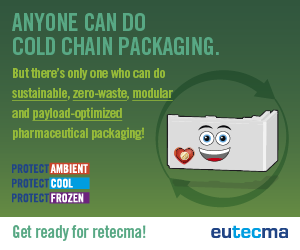As veterinary medicine continues to evolve, so too do the expectations around how treatments are developed and produced. In recent years, there has been a significant shift towards more sustainable and environmentally conscious pharmaceutical manufacturing. This is particularly relevant in animal health, where high-volume APIs like growth promoters are widely used – and where their method of production can carry a considerable environmental footprint.
The call for greener processes is not just a matter of compliance. It reflects growing industry-wide recognition that environmental responsibility must be integrated into the earliest stages of drug development. Regulators are introducing stricter guidelines around solvent usage, waste generation, and energy consumption. Meanwhile, customers, investors, and other stakeholders increasingly expect companies to align their manufacturing practices with broader sustainability goals.
Within this context, green chemistry has emerged as a critical tool — not simply as a cost-saving measure, but as a strategic imperative. And yet, implementing green chemistry principles in active pharmaceutical ingredient (API) synthesis remains a formidable challenge, particularly when working with legacy molecules and multi-step synthetic routes.
One of the most instructive areas for exploring these challenges – and potential solutions – is in the synthesis of growth promoters. These compounds, used to support feed efficiency and animal weight gain, are typically administered on a large scale. As such, even incremental improvements in their manufacturing process can result in substantial environmental benefits.
Rethinking Traditional Synthesis
Conventional synthesis of growth promoters often involves solvent-intensive processes, toxic reagents, and energy-heavy conditions. These routes may have been developed for speed or cost-effectiveness decades ago, but they frequently fall short by today’s environmental and safety standards.









